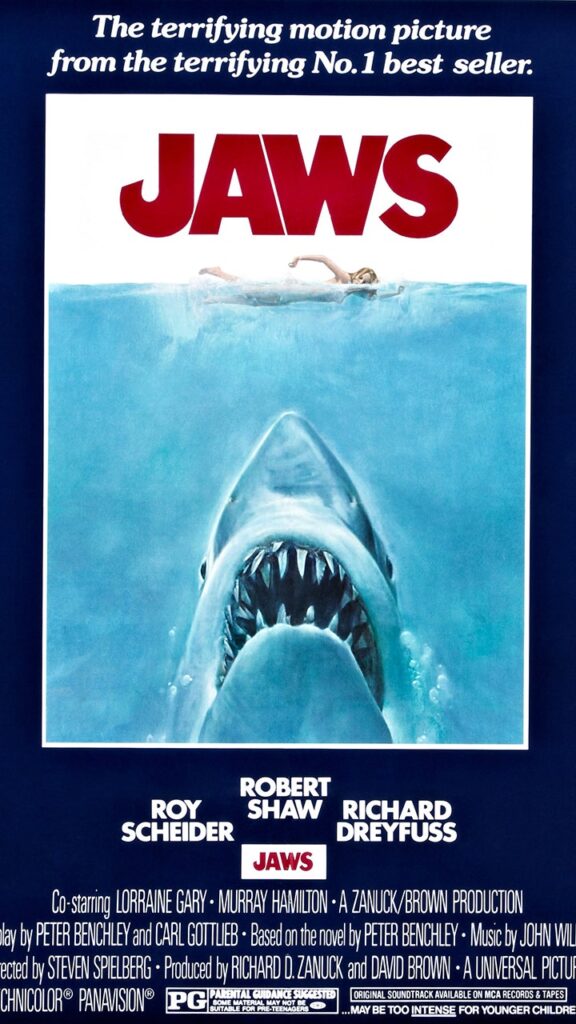On this day in history, June 20, 1975, the iconic movie “Jaws” directed by Steven Spielberg, made its debut in theaters across the United States. This fictional tale of a great white shark terrorizing a New England beach resort town captured the attention of audiences and became the highest-grossing film in history until it was surpassed by “Star Wars” in 1977. The impact of “Jaws” was so profound that it made people hesitate before entering the water, showcasing the power of storytelling in cinema. The movie received critical acclaim, winning three Oscars for Best Film Editing, Best Original Score, and Best Sound.
The success of “Jaws” marked a turning point in Spielberg’s career, propelling him into the spotlight at the young age of 27. The film’s cast, including Roy Scheider as police chief Martin Brody, Richard Dreyfuss as marine biologist Matt Hooper, and Robert Shaw as professional shark-hunter Quint, brought the story to life on the big screen. Based on Peter Benchley’s bestselling novel, the producers Richard D. Zanuck and David Brown recognized the potential of the story early on and committed to bringing it to audiences.
The production of “Jaws” faced numerous challenges, including delays and technical difficulties during filming. Set on Martha’s Vineyard, Massachusetts, the movie struggled with malfunctioning mechanical sharks and unpredictable weather conditions. Despite the obstacles, Spielberg’s decision to shoot on the ocean instead of in a tank or shallow waters added a level of authenticity to the film. The soundtrack composed by John Williams became an integral part of the movie, creating tension and suspense with just two notes.
The release of “Jaws” heralded the era of the summer blockbuster, transforming the way movies were scheduled and marketed. The impact of the film on popular culture was significant, with its enduring legacy shaping the industry for years to come. The success of “Jaws” led to three sequels, though none were able to replicate the original’s acclaim. The franchise’s decline in quality, particularly with the critically panned “Jaws: The Revenge,” marked the end of an era for the series.
Reflecting on the impact of “Jaws,” Spielberg expressed regret over the negative portrayal of sharks in the film and its potential contribution to the decline in their population. He acknowledged the responsibility that filmmakers have in shaping public perception and vowed to raise awareness about the conservation of these creatures. Despite the unintended consequences, “Jaws” remains a cultural touchstone and a testament to the power of storytelling in cinema.
In conclusion, the release of “Jaws” on June 20, 1975, was a watershed moment in the history of cinema, ushering in the era of the summer blockbuster and solidifying Steven Spielberg’s reputation as a visionary director. The film’s impact on popular culture and public perception of sharks serves as a cautionary tale about the responsibility of storytellers and the enduring legacy of cinematic masterpieces. “Jaws” continues to captivate audiences with its thrilling narrative and iconic imagery, securing its place in cinematic history.












